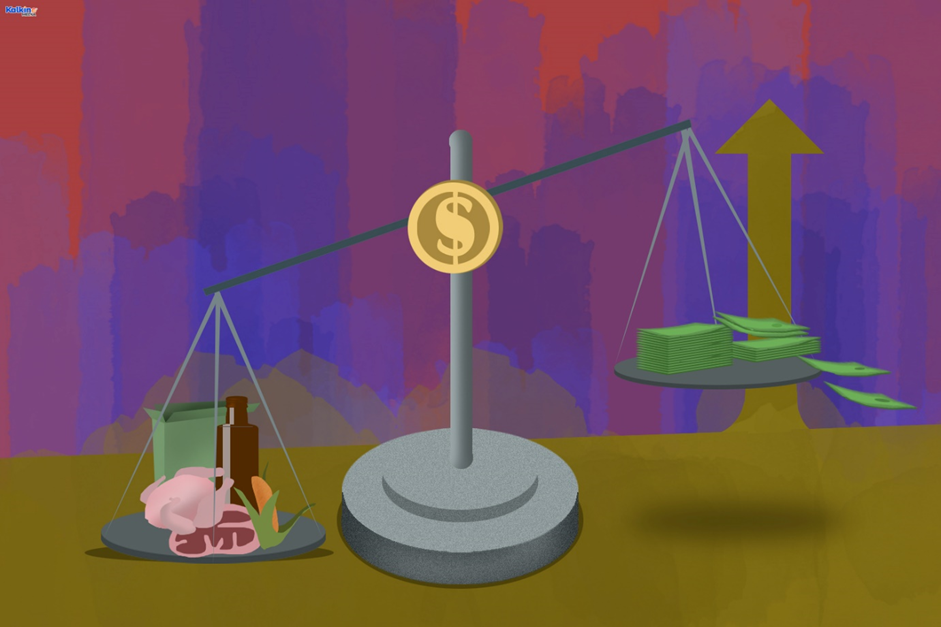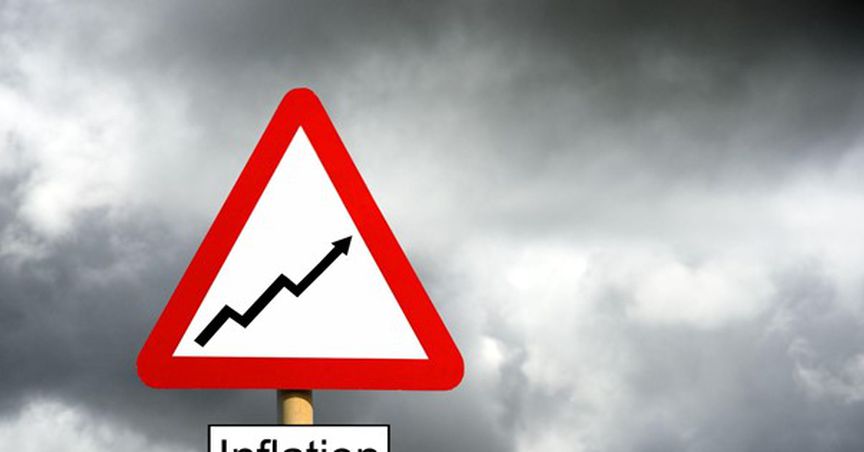Highlights
- According to the International Monetary Fund (IMF), global growth might moderate from 5.9% in 2021 to 4.4% in 2022.
- Elevated inflation is likely to persist, with ongoing supply chain disruptions and high energy prices continuing in 2022.
- Increased protectionism amidst Covid-19, rising Chinese wages and the adjustment to a low-carbon economy are also some of the significant causes of high inflation in 2022.
Rising inflation rates have been the talk to the town since spring 2021. Last year, the world economy observed waves of high inflation and disrupted recovery across countries. Recently this year, the World Economic Outlook report Jan 2022 published by the International Monetary Fund stated that high inflation will continue to significantly impact the world market even in 2022.
The brutal start of 2022
2022 had a rough start with the simultaneous high-transmission rate of the Omicron variant of coronavirus. As Covid-19 cases skyrocketed, countries had put mobility restrictions, which caused further disruptions in supply-chain management.
The global growth rate was around 5.9% in 2021. According to the IMF data, the growth rate will fall to 4.4% in 2022. Noticeably, predictions have now altered from what the IMF had predicted for 2022 in October last year. The fall of 1.2% in growth rate prediction is mainly because of the disruptions in the USA and China.

©2022 Kalkine Media®
In Australia, latest data from the Australian Bureau of Statistics (ABS) uncovers that annual consumer prices increased by 3.5% in December 2021. However, underlying inflation, which is the Reserve Bank’s preferred measure, stood at 2.6% in the month.
GOOD SECTION: Inflation on the rise, five sectors to watch out for
Elevated inflation likely to persist?
According to the recent revisions made in the World Economic Outlook, high inflation will continue to drive the market conditions throughout the world economy. According to the Bureau of Labor Statistics (BLS) - USA, the prices rose by 7% in December 2021 from December 2020; this is the highest increase since June 1982.
In Europe, prices skyrocketed, the maximum high ever since the Euro currency was introduced. Additionally, Japan is experiencing inflation for the first time in eight years. However, China seems to be staying away from the herd of inflation-affected economies- for now!
The majority of share in the increased prices is accounted to rise in food and energy prices. Additionally, the rise in prices at a high rate is a significant threat to the labour market and the rest of the economy.
Also, there is a disparity in the inflation rate across goods and commodities. For instance, the inflation rate for durable items has been much higher than restaurant dining, haircuts, and so on.
ALSO READ: Should investors be worried about the national debt?

Source: © Alphaspirit | Megapixl.com
The seed behind rising inflation
The first and foremost reason behind skyrocketing prices is supply-chain disruptions. Supply-chain disruptions happen because of mobility and other barriers that countries have put because of the pandemic. Because of such obstacles, there have been issues in collating raw materials, producing and delivering goods and services.
Secondly- labour issues. The great resignation in the US, labour shortages at workplaces across countries because of the coronavirus, and lack of China’s working-age population, which was a significant source for lo-level labour for multinational corporations, also account for a significant cause of work-place disruptions, causing the production of lesser goods and services, thus high prices.
Additionally, increased protectionism during the pandemic, rising Chinese wages and the adjustment to a low-carbon economy are also some of the significant causes of high inflation in 2022. China’s energy and real estate crisis couldn’t keep its hands off from contributing to the global inflation rate.
The rise in fuel prices directly influences food prices. High fuel prices mean a high cost of fertilisers, which implies higher food costs. This has caused a primary inflationary impulse in Sub-Saharan Africa.
INTERESTING READ: Worrying about the stock market crash? Here’s what you could do
All in all, central banks of all economies might need to vigilantly work upon the inflation policies. There is hope that the pandemic and subsequent supply-chain disruptions might settle down in the future. However, certain other factors listed above are to be taken into perspective to bring the global economy back on track.



